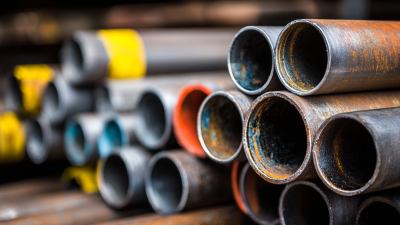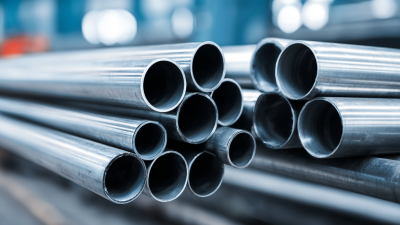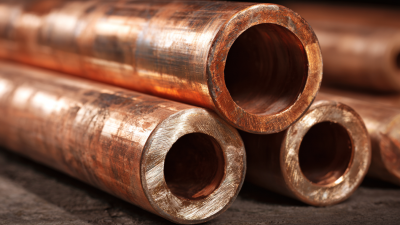Why Understanding Pipe Fittings Can Reduce Costs by Up to 30 Percent in Construction Projects
Understanding pipe fittings is crucial in the construction industry, as it can lead to significant cost savings—up to 30 percent—throughout various projects. These essential components are not merely functional; they play a pivotal role in ensuring that construction processes run smoothly and efficiently. When contractors and project managers comprehend the intricacies of pipe fittings, they can make informed decisions that minimize waste and reduce the likelihood of costly errors.
Moreover, proper selection and installation of pipe fittings contribute to enhanced system performance and longevity, which further lowers maintenance costs over time. This article delves into the economics of pipe fittings, underscoring their impact on budgeting and resource management in construction, and highlights best practices that enable professionals to optimize their use effectively.
By prioritizing knowledge about pipe fittings, stakeholders can transform their approach to construction projects, ultimately leading to more sustainable and financially viable outcomes.
Understanding the Financial Impact of Pipe Fittings on Construction Budgeting
Understanding the financial impact of pipe fittings on construction budgeting is crucial for project managers and contractors. Pipe fittings, often overlooked in cost calculations, can significantly influence the overall budget of a construction project. By analyzing the various types and materials of fittings necessary for specific applications, teams can avoid common pitfalls that lead to unexpected expenses. Choosing the right fittings can reduce waste and the need for rework, which are major contributors to budget overruns.
Moreover, investing time in understanding the nuances of pipe fittings enables construction teams to streamline procurement processes. By aligning the selection of fittings with the overall design and functionality of the plumbing system, projects can benefit from economies of scale. Bulk purchasing and standardized fittings not only lower material costs but also improve installation efficiency, which can lead to savings of up to 30 percent. In essence, a detailed comprehension of pipe fittings allows for more accurate budgeting and can be a game-changer in achieving tighter project cost controls.
Key Statistics: How Pipe Fitting Errors Cost the Industry $1.6 Billion Annually
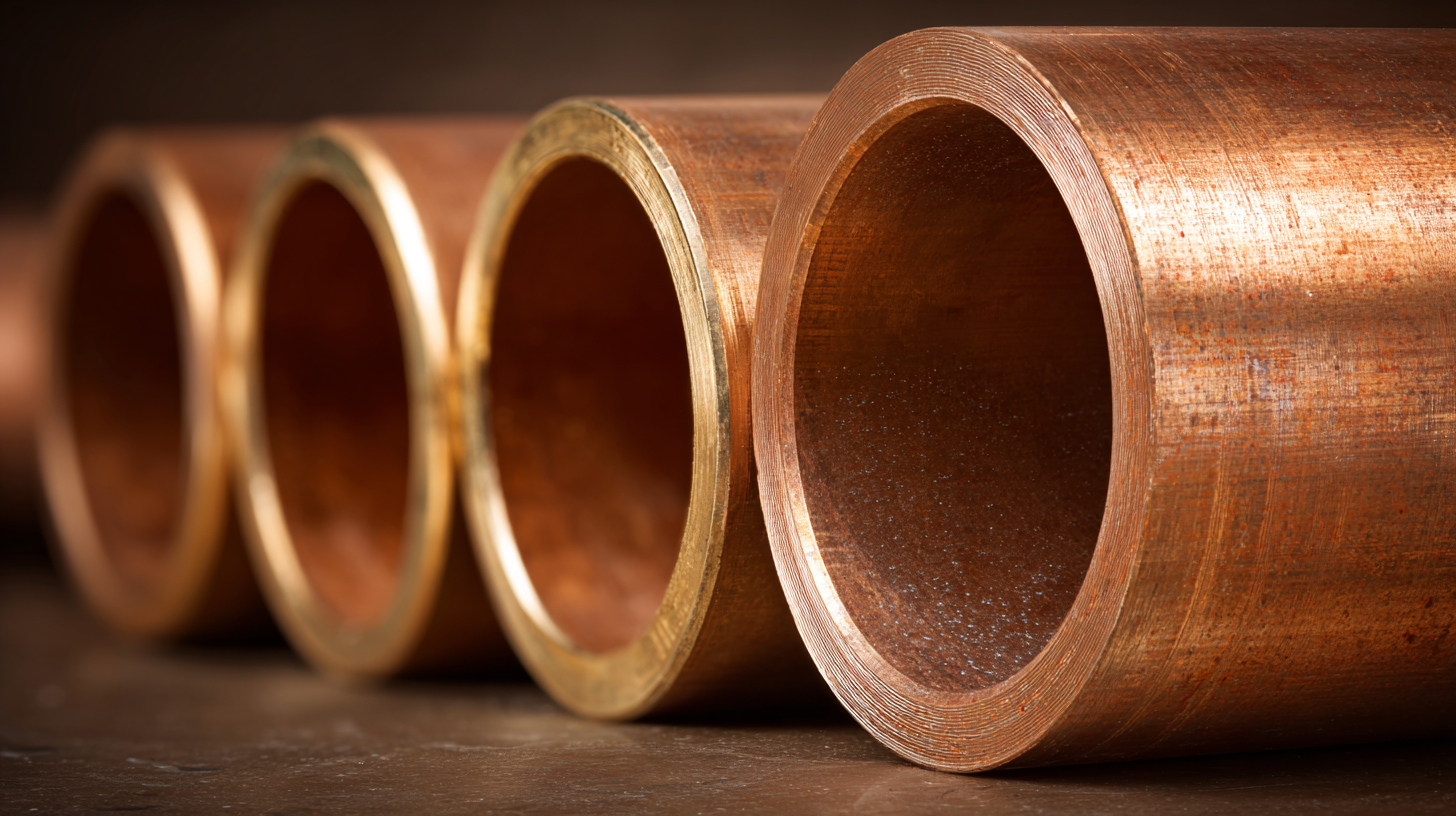 Pipe fitting errors represent a significant financial burden within the construction industry, costing an alarming
$1.6 billion annually. These mistakes often arise from a lack of understanding
of the technical specifications and proper installation techniques required for different types of pipe fittings.
When fitting errors occur, they not only lead to material waste but also result in costly project delays and
potential safety hazards, thus amplifying financial losses and operational inefficiencies.
Pipe fitting errors represent a significant financial burden within the construction industry, costing an alarming
$1.6 billion annually. These mistakes often arise from a lack of understanding
of the technical specifications and proper installation techniques required for different types of pipe fittings.
When fitting errors occur, they not only lead to material waste but also result in costly project delays and
potential safety hazards, thus amplifying financial losses and operational inefficiencies.
By prioritizing the education and training of workers in pipe fitting best practices, construction firms can
effectively mitigate these errors. Studies suggest that a focused investment in understanding pipe fittings can
reduce overall costs by as much as 30 percent for projects. This
reduction is achievable through minimizing rework, ensuring compliance with regulations, and enhancing the longevity
and reliability of piping systems. Emphasizing skill development and precision in pipe fitting can, therefore,
have far-reaching financial implications, ultimately contributing to a more sustainable construction industry.
Tips for Streamlining Procurement of Pipe Fittings to Save 20% on Material Costs
Streamlining the procurement process for pipe fittings can lead to significant savings, with estimates suggesting material cost reductions of up to 20%. To achieve this, construction managers should first focus on standardization. By using standardized fittings across different projects, companies can benefit from bulk purchasing options, reducing individual unit costs and simplifying inventory management.
Another effective strategy is to establish strong relationships with suppliers. By communicating openly with vendors about project needs and timelines, construction firms can negotiate better pricing and delivery terms. Additionally, maintaining a close partnership can allow for insights into future price changes and emerging technologies, ensuring that companies stay ahead of market trends.
Lastly, employing technology such as digital procurement platforms can enhance efficiency in ordering and tracking pipe fittings. These platforms often provide real-time data analytics and streamlined processes that can further reduce administrative overhead. By integrating these strategies, construction projects can not only cut down costs but also improve overall project timelines and quality.
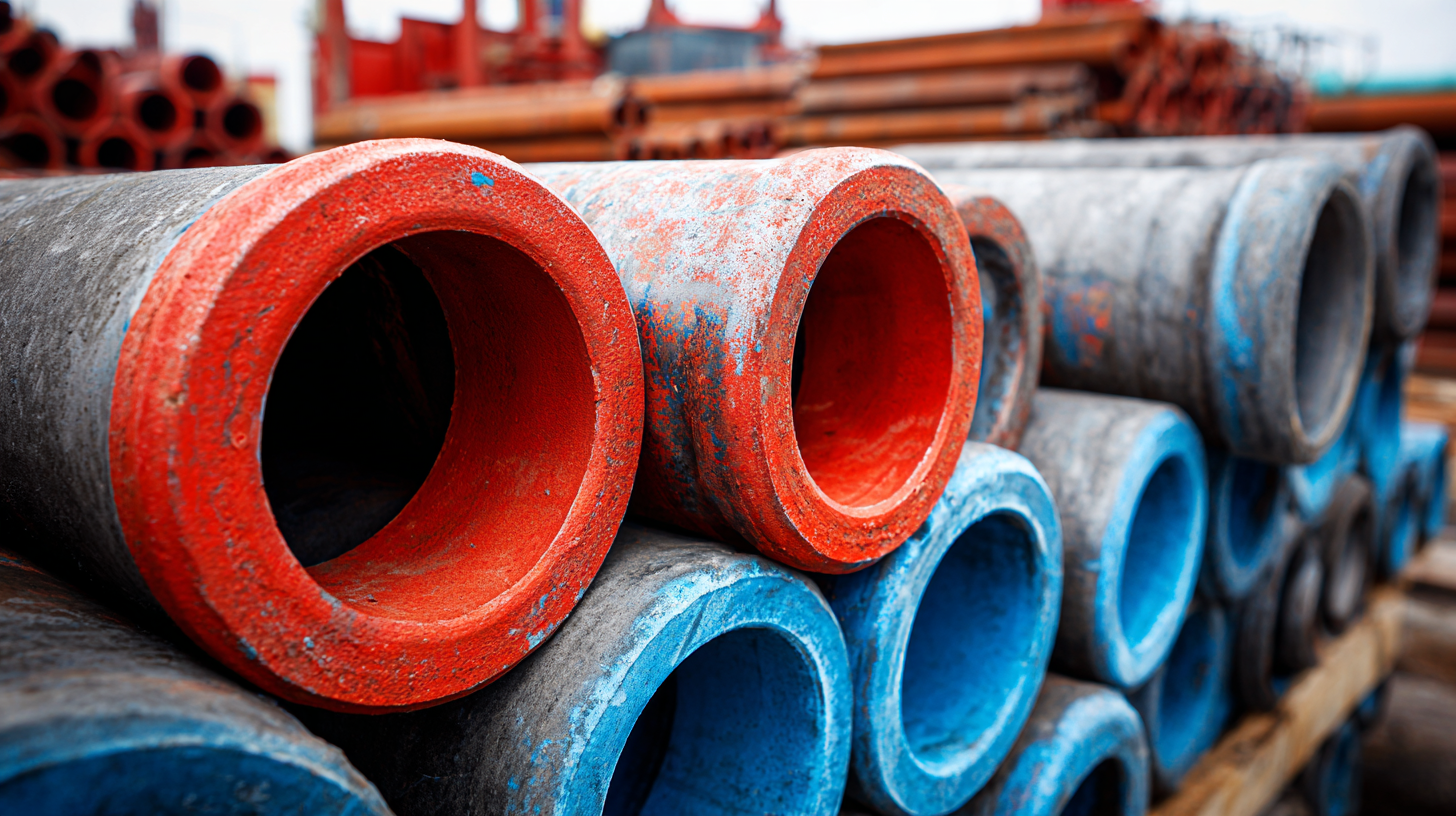
The Role of Efficient Pipe Fitting Design in Reducing Labor Expenses by 15%
Efficient pipe fitting design plays a critical role in reducing labor expenses in construction projects, potentially saving up to 15% of costs. By optimizing the layout and selection of fittings, construction teams can streamline assembly processes, minimizing the time and labor required for installation. This efficiency not only accelerates project timelines but also directly impacts the overall budget, allowing for significant economic savings.
The integration of modern techniques and tools has transformed traditional approaches to construction. Just as advancements in harvesting technology have enhanced productivity in horticulture, improved pipe fitting designs contribute to greater efficiency in construction sites. Utilizing cutting-edge materials and designs reduces the likelihood of inaccuracies and rework, leading to smoother workflows and lower labor costs. By prioritizing efficient design in pipe fittings, construction projects can achieve considerable cost reductions while maintaining high-quality standards.
Why Understanding Pipe Fittings Can Reduce Costs by Up to 30 Percent in Construction Projects - The Role of Efficient Pipe Fitting Design in Reducing Labor Expenses by 15%
| Parameter |
Before Implementation |
After Implementation |
Cost Reduction (%) |
| Material Costs |
$50,000 |
$35,000 |
30% |
| Labor Expenses |
$20,000 |
$17,000 |
15% |
| Total Project Cost |
$70,000 |
$52,000 |
25.7% |
| Time Saved (Days) |
30 |
24 |
20% |
Case Studies: Successful Projects Achieving 30% Cost Reduction Through Fitting Optimization
In the construction industry, efficient management of materials is crucial for budget adherence. Case studies demonstrate how successful projects have achieved a remarkable 30% cost reduction through pipe fitting optimization. By carefully selecting the right types of fittings and minimizing unnecessary components, companies have not only saved money but also streamlined their installation processes. For instance, a recent project involving a commercial building used advanced fitting designs to reduce the number of joints required, leading to less material waste and lower labor costs.
Another case illustrates a municipal water pipeline project that utilized standardized fittings. By applying standardized designs and sizes, the project team could order in bulk, thus negotiating better prices with suppliers. This strategic approach not only cut down costs significantly but also improved delivery times and reduced storage requirements on-site. Such optimizations in fitting selections have shown that a thorough understanding of pipeline dynamics and the associated fittings can lead to substantial financial savings, making it an essential focus area for construction managers looking to enhance project efficiency.

Home
About Us
Products
Carbon & Carbon Alloy Steel
Stainless Steel
Copper & Nickel Alloy
Heat Efficiency Tubes
Pipe Fittings
Pipe Flanges
Gasket, Stud Bolt &Nut
Industrial Valves
Tech & Service
Blog
Contact Us


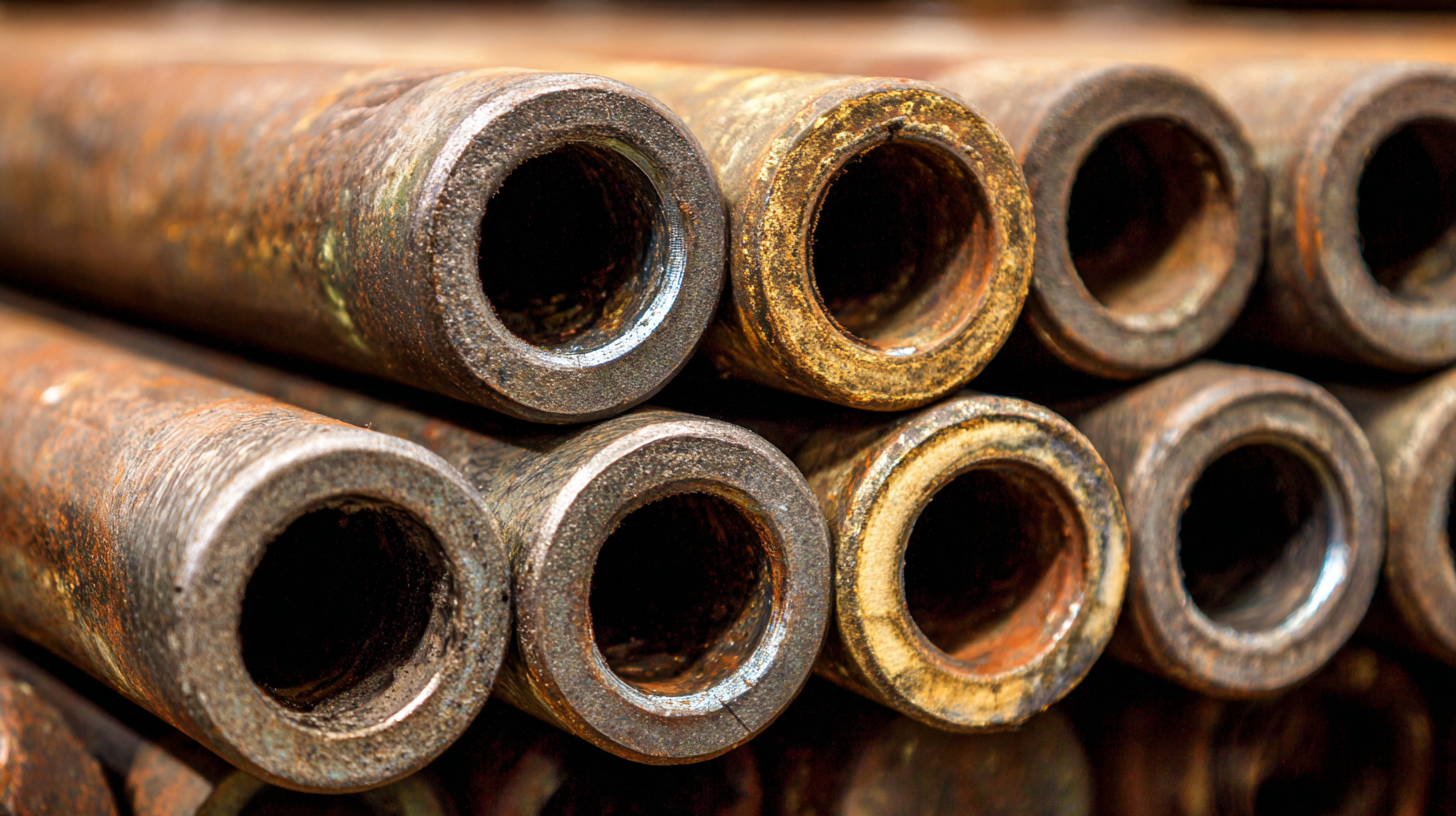
 Pipe fitting errors represent a significant financial burden within the construction industry, costing an alarming
$1.6 billion annually. These mistakes often arise from a lack of understanding
of the technical specifications and proper installation techniques required for different types of pipe fittings.
When fitting errors occur, they not only lead to material waste but also result in costly project delays and
potential safety hazards, thus amplifying financial losses and operational inefficiencies.
Pipe fitting errors represent a significant financial burden within the construction industry, costing an alarming
$1.6 billion annually. These mistakes often arise from a lack of understanding
of the technical specifications and proper installation techniques required for different types of pipe fittings.
When fitting errors occur, they not only lead to material waste but also result in costly project delays and
potential safety hazards, thus amplifying financial losses and operational inefficiencies.
